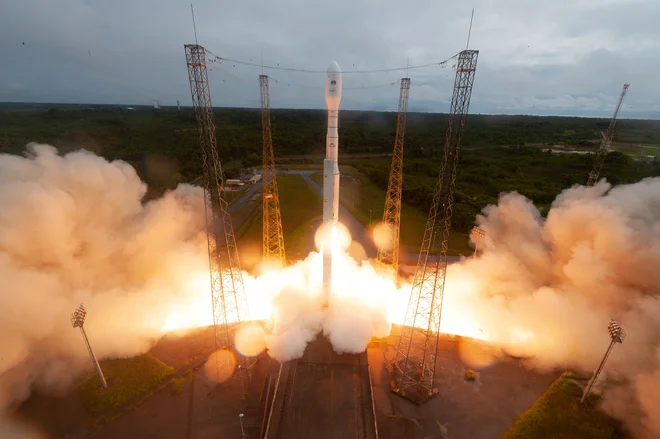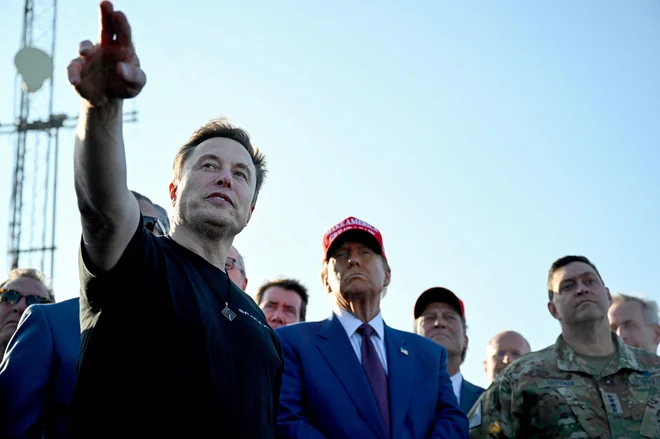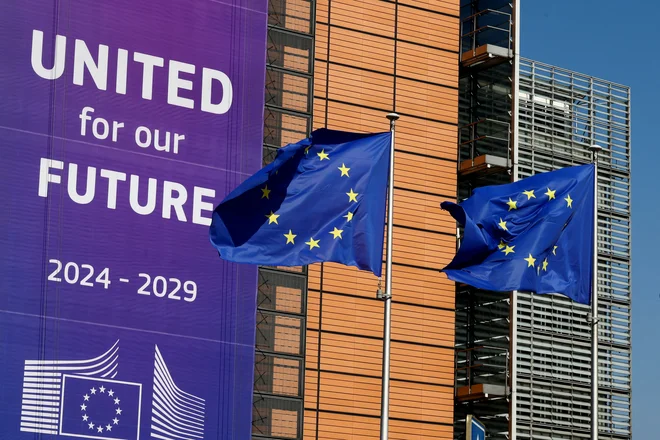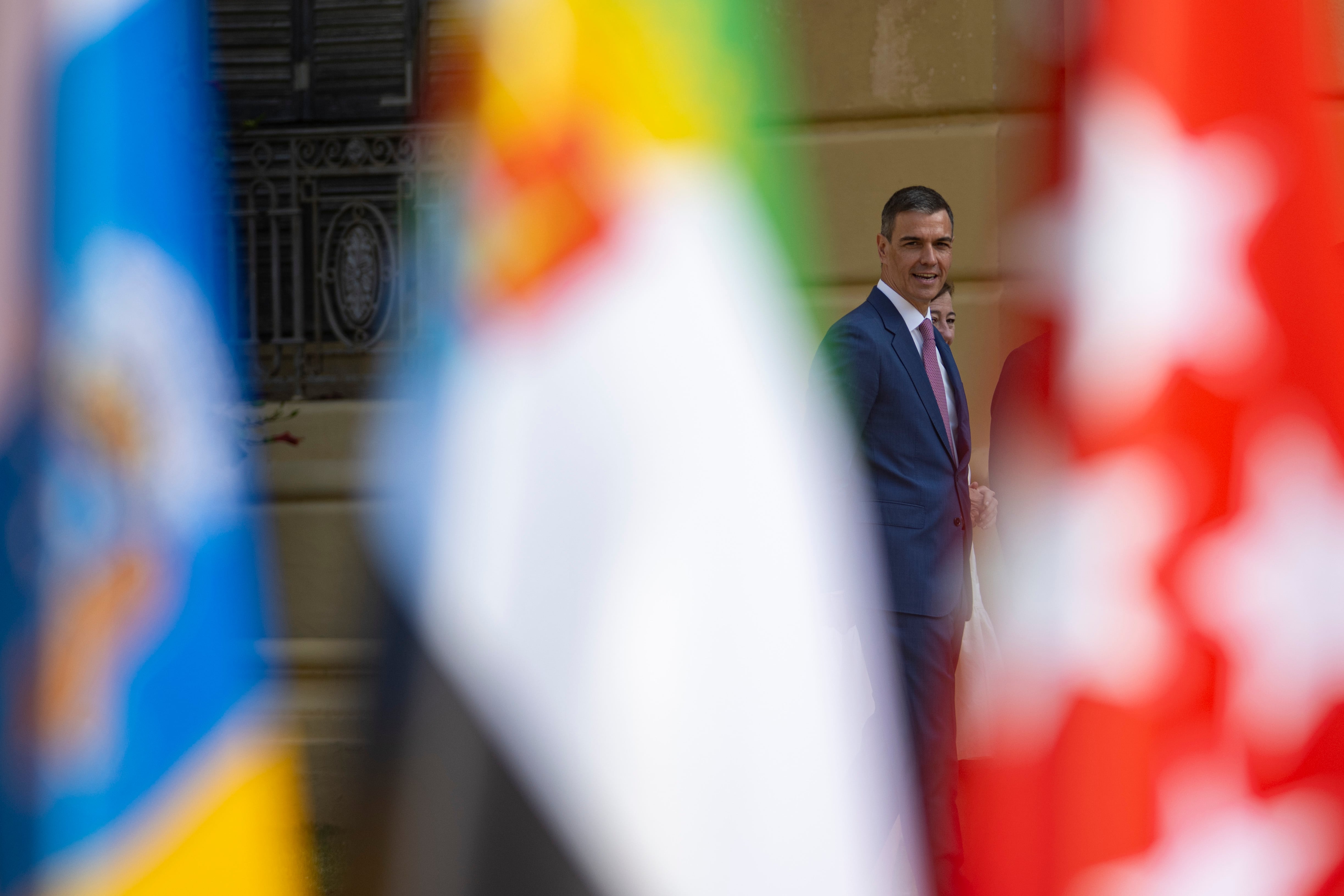Can he become independent from Starlink and SpaceX?

The old continent strives to build its own Iris² satellite network and strengthen its load -bearing rockets to reduce its addiction to US technology giants and increase its strategic autonomy in space.
The global match for dominance in space is tightening and Europe is aware that it is lagging behind in this area, especially behind the United States. The events of recent years, especially the war in Ukraine, where the Satellite network of SpaceX played a major role in providing communications, have painfully revealed European dependence on non -European providers. As the Italian portal points out Ares DifesEurope is now facing the necessity of developing its own alternatives in order to maintain strategic autonomy and competitiveness in the 21th century.
Answer to American dominance
A key European project in this area is the ambitious satellite constellation Iris² (Infrastructure for Resilience, Interconnectitivity and Security by Satellite – Infrastructure for resistance, interlocity and safety through satellites). This is a response from the European Union to US starlink and similar projects. The purpose of Iris² is, as explained by To the European Commissionprovide safe and reliable communication services for European governments, the military, crisis management agencies and critical infrastructure such as energy networks and transport. In addition, the system is also supposed to offer commercial broadband Internet services, thereby improving connectivity in the poorly covered areas of Europe and Africa.
A key European project in this area is the ambitious satellite constellation IRIS². Photo: Stephane Corava/AFP
The project, worth billion euros, combines EU public funds and significant private investments. For the construction and management of the system, according to the media Spacenews Choiced a large industrial consortium led by European space giants such as Airbus Defense and Space, Thales Alenia Space, Eutelsat and SES. The system is supposed to consist of hundreds of satellites in different orbites (low Earth orbit – Leo and Geostationary Orbit – Geo), and is expected to reach full operationality between 2027 and 2030. European Commissioner for Internal Market, Thierry Bretonhas repeatedly called the IRIS² project crucial for the « digital sovereignty » of Europe.
Achilles heel: European access to space
However, the construction of advanced satellite constellations is not enough in itself. A key challenge to which it also points Ares Difesremains a reliable and price competitive European access to the universe – that is, its own rockets to launch these satellites. Europe is currently facing serious problems in this area. The new heavy Ariana 6 heavy rocket, which is expected to become the backbone of European launches and successor Ariana 5, is facing years of delay. Its first flight is according to recent predictions European Space Agency (ESA) only foreseen in the middle of this year, if there are no new defiles.
At the same time, a smaller Vega-C rocket designed to launch smaller satellites, after unsuccessful second commercial flight at the end of 2022 and subsequent problems in engine testing, still grounded. As if that were not enough, Europe has lost access to Russian Soyuz missiles, which were previously used regularly for launches from the European Space launch in French Guyana, due to Russian aggression. Ironically, Europe had to have some of its important scientific missions, such as the Euclid and Pro -Hera Experience Telescope, according to reporting Reuterslaunch right with the Falcon 9 SPACEX competing rocket.
Match with a man
Right Spacex Elona Musk It represents the biggest challenge for European ambitions. With Falcon 9 missiles, the first stage of which is repeatedly useful and can land back on Earth, SpaceX has drastically reduced the prices of launch and achieved an extremely high flight frequency – something that the European system cannot currently compete with. Ariane 6 and Vega-C are designed as disposable missiles.

It is SpaceX Elon Musk that is the biggest challenge for European ambitions. Photo: Brandon Bell/Reuters
Although ESA and the European industry are developing multiple usability technologies, such as through the Themis demonstrator, and private European companies with ambitions in the field of smaller multiple useful missiles (such as German Rocket Factory Augsburg or French Maiaspace), it is clear that Europe is technologically lagging behind Spacex for many years.
The reality of European space dreams
The European Union and ESA show a strong political will to achieve strategic autonomy in space. The IRIS² project is a proof of this ambition, which, however, is facing the reality of technological challenges, delays in the development of key carrier missiles and strong competition, especially from the US. According to Ares Difes, Europe will have to invest a lot of resources and harmonize the efforts of many countries and companies in order to capture the connection. The constellation of the Iris², although extensive, will probably be still smaller in terms of satellites than the starlink, which already counts thousands of active units.
So there is a steep path in front of Europe. The success of projects such as IRIS² and the start of the reliable operation of Ariana 6 and Vega-C missiles depends not only to the future of the European space industry, but also its ability to independently operate in the field of safety, communication and observation of Earth. In a world where the universe is becoming more and more key to a geopolitical scene, Europe simply cannot afford to be just an observer or traveler on American missiles. The question remains whether this political will will be strong enough to overcome technological and financial obstacles on the way to the stars.






